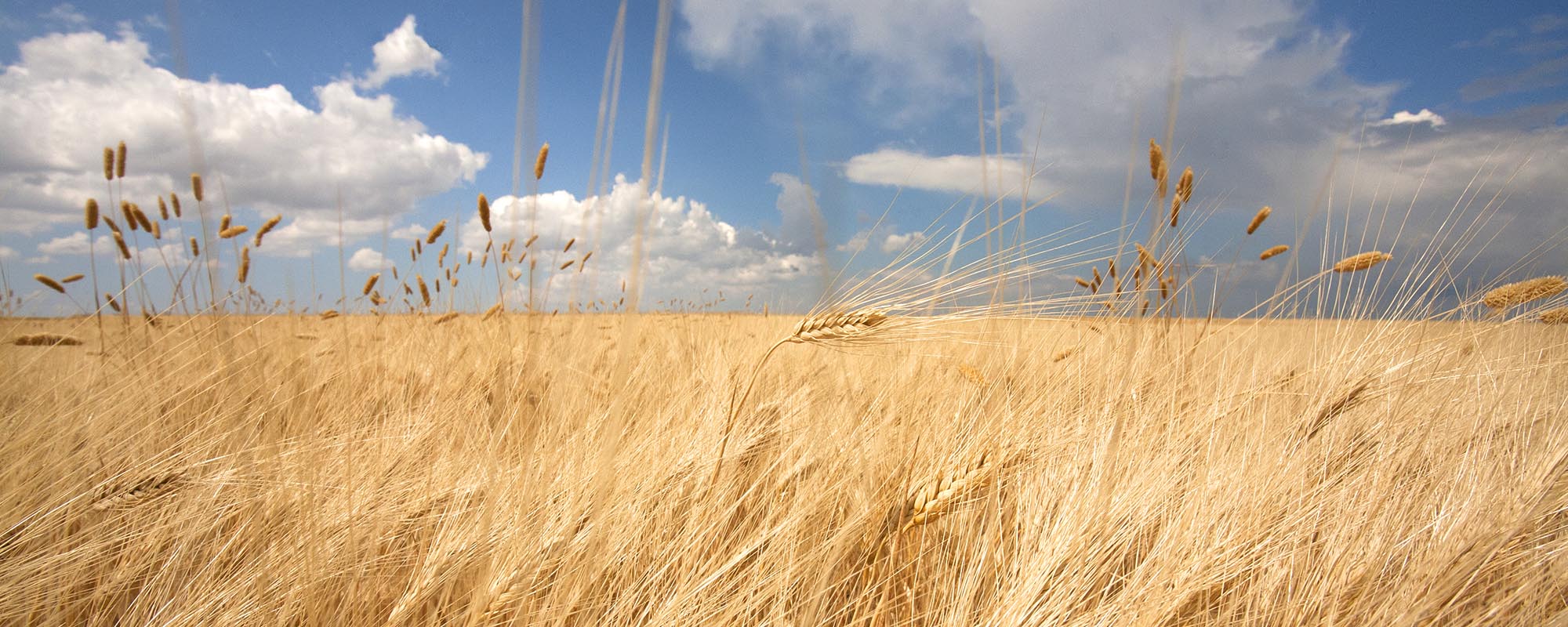


The Jazzo Tarantini, albeit in a state of neglect after the end of the transhumance, is an excellent example of the rural dry stone architecture of the Murge used for sheep breeding.
The building is located in a large area characterized by steppe environments and cultivated on the side of a slight karst furrow, not far from Serra Cecibizzo, a pine forest planted in the 80s.
The jazzi appear as large rectangular fences divided into different portions by internal walls. On the sides of the large enclosure you can distinguish the rooms intended for stable (lamioni) and usually, on the opposite side, the rooms intended for workers' homes and environments for processing milk. The origin of the jazzi is to be found in the centuries-old activity of transhumance. Transhumant herding was already widespread in Roman times and was carried out with a seasonal migration of shepherds and workers involved in the milk and wool processing sector, with flocks and herds usually coming from Abruzzo.
Of particular interest is the ancient "bath", that is, a stone tub, equipped with steps, which was filled with water to wash the sheep before shearing
